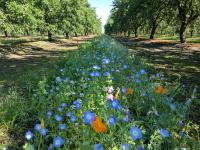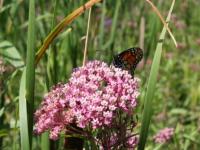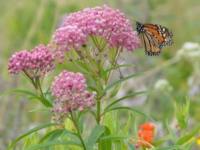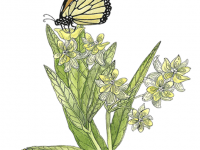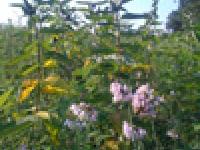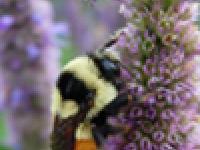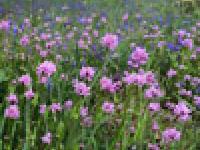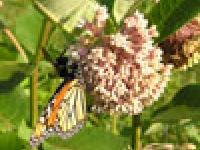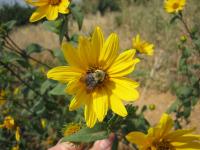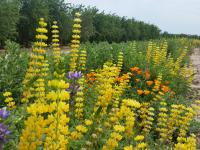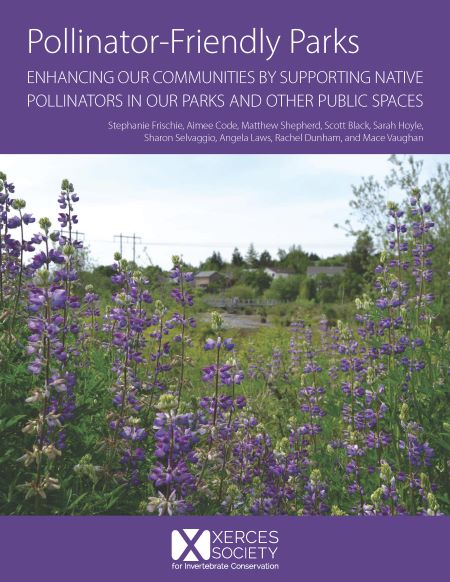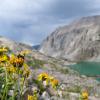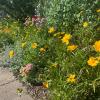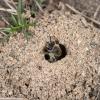The Xerces Society partners with the native seed industry to produce wildflower seed mixes meeting Xerces specifications, to provide foraging and nesting resources for a diversity of pollinators. For details about species composition, recommended seeding rate, and how to contact the producer, please download the specification sheet for each seed mix.
About the Seed Mixes
Regional seed mixes are locally produced in their respective regions by independent farmers, using local eco-type seed wherever possible. Seeds are not treated with pesticides, and are designed to include widely adapted, non-weedy species. Most species require full sun and average soil drainage. For extremely wet, dry, or shady conditions, please contact the respective nursery in your region for recommendations. Note that mixes are designed to include multiple blooming species throughout the entire growing season. Only wildflowers with extensive documented value to pollinators are included. Where appropriate, host plants for regionally important butterflies are included, along with bunch grasses to provide bumble bee nest habitat.
If a recommended seed mix for your region is not featured on this page, we have not yet partnered with a regionally-based seed producer to design a mix. To search for a seed mix that is suitable for planting in your region, please visit the Native Plant, Seed, and Services Directory to browse the list of native pollinator plant nurseries by region, and then contact seed vendors to inquire about the availability of pollinator seed mixes that are composed of native wildflower species. Please see our Seed Mix Calculator Template Spreadsheet to help you design your own seed mix.
How Much Seed Do You Need?
Seed mixes are sold based on planting area size. Depending on the region, and the species included in each mix, 1/4 to 1/3 lb is required for each 1000 ft. For areas of 1/2 acre in size, 3 to 5 lbs of seed is required, and for areas of 1 acre in size, 3 to 10 lbs of seed is necessary. In general, this results in 20 to 40 seeds per square foot of planting area.
Planting Directions
Please see our Habitat Restoration page for details and resources to guide planning, site preparation, installation, and maintenance of native wildflower plantings.
Seed Mixes for NRCS Programs
These seed mixes may meet the requirements for NRCS-administered private landowner conservation programs, such as the Environmental Quality Incentives Program (EQIP), the Wildlife Habitat Incentives Program (WHIP), the Conservation Stewardship Program (CSP), and the Conservation Reserve Program (CRP). For cost-share approval, please consult your local NRCS Service Center prior to purchase.


